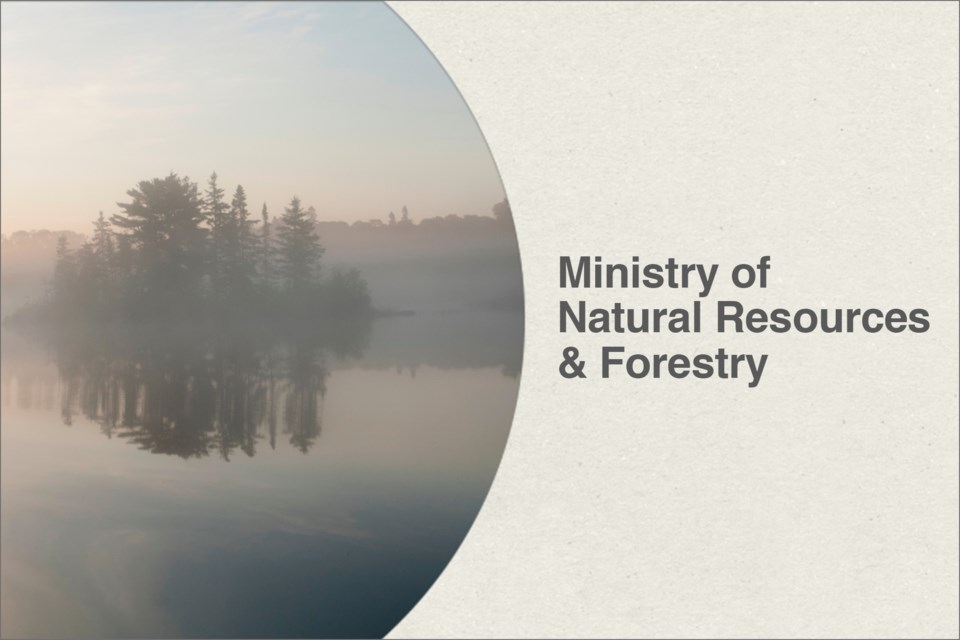NEWS RELEASES
MINISTRY OF NATURAL RESOURCES AND FORESTRY
*************************
Please Do Not Feed Foxes
The Ministry of Natural Resources and Forestry reminds people not to feed wild mammals, such as the red fox.
Red foxes are excellent hunters and normally prey on small mammals and birds. If people feed foxes, either directly or indirectly, the animals will lose their fear of humans, adapt to that food source and it will be difficult to make them leave an area if they become a nuisance.
Foxes that are habituated to humans can result in aggressive behaviour, conflicts with people and create public safety concerns.
The ministry reminds the public that red foxes can carry rabies, mange and distemper.
Quick facts:
- Rabies is a fatal, viral disease with symptoms similar to distemper. Rabies can be transmitted to humans, livestock and pets.
- Mange, the most common disease of foxes across North America, is caused by mites, results in substantial hair loss and can be transmitted to humans and pets, such as dogs and cats.
- Symptoms of mange include an itchy, red rash. Mange seldom results in significant health concerns and cannot be transmitted from human to human.
- Distemper is an infectious and contagious viral disease of many domestic and wild carnivores, including foxes. This viral infection cannot be transmitted to humans or immunized pets.
- Feeding red foxes can also attract other unwanted animals to your property, resulting in conflicts and possible property damage.
Learn more:
- Find out more on living with foxes.
*************************
Please Do Not Feed Deer
The Ministry of Natural Resources and Forestry reminds people not to feed deer this winter.
Reasons Not to Feed Deer
- Using the wrong feed can result in digestive problems. People may inadvertently do more harm than good through improper feeding practices.
- Feeding may encourage more deer in an area than the habitat can support. This can result in poor reproduction, smaller fawns, and higher winter mortality rates.
- Deer-vehicle collisions may occur as deer cross roads to and from feeders.
- Deer that come to feeders may lose their natural fear of humans and cause conflicts at other times of the year.
- A concentration of deer around artificial feeders can tempt natural predators of deer such as wolves to change their natural habits and come closer to populated areas.
- Concentrating deer in an area increases the risk of disease transmission among animals. Although chronic wasting disease has not been found in Ontario in wild animals, there are concerns that encouraging concentrations of deer increases the risk and speed of disease transmission.
Artificial Feeding
- Deer are designed to store fat, reduce their metabolism and successfully process that fat in the winter while feeding on natural foods according to their daily needs. If deer become dependent on artificial feed, their metabolic rate increases and they require more food to survive.
- When artificial feeding stops, deer can die from the stress.
Quick facts:
- Deer change their behaviour in winter as the snow deepens, reducing their metabolic rate, moving into thicker forests and relying on established trails to move from cover to feeding areas.
Learn more:
- Read more on feeding wildlife.
*************************



